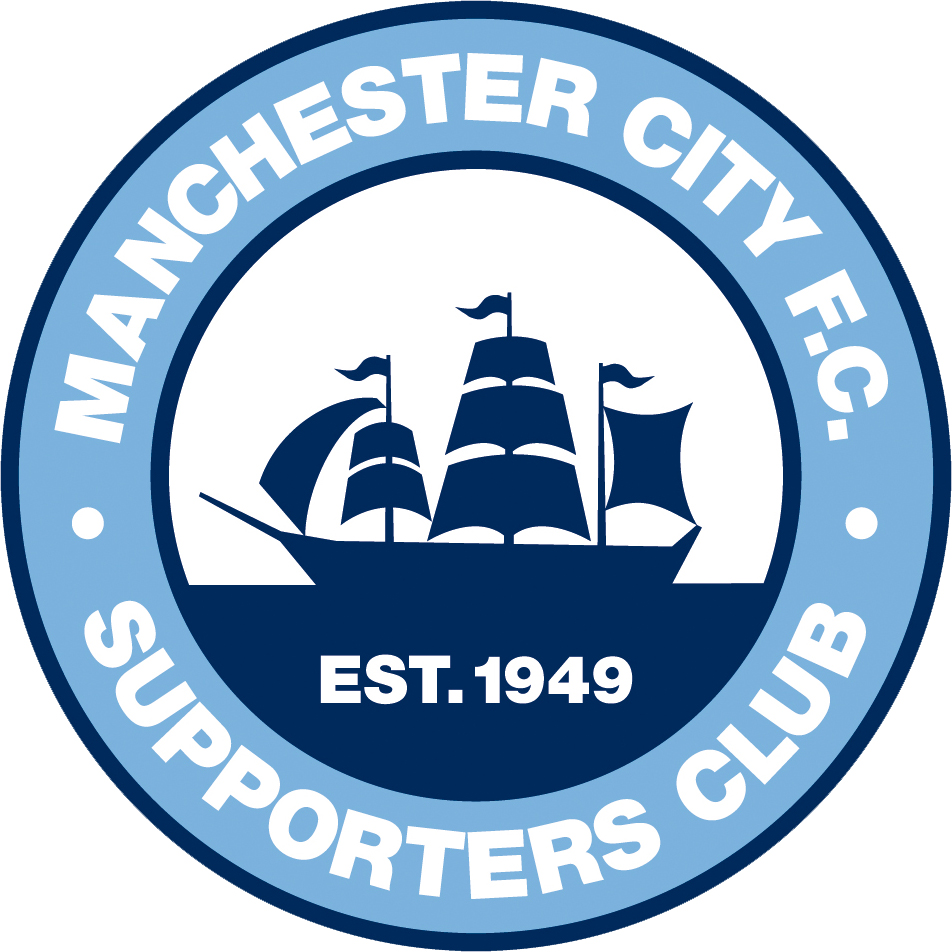Gary James
Well-Known Member
No stars
No Eagle
No Latin
No bee
yes to three stripes and Manchester connections like the ship.
We have more right to wear Manchester connected badges than Trafford red sox
Yes to a round badge
Yes to MANCHESTER CITY FOOTBALL CLUB around badge
Yes to a white border
DONE!!!!!!
But make sure you submit those views here - http://www.mcfc.co.uk/news/club-news/2015/october/badge-consultation - otherwise they won't get noticed. It's really important for all fans to submit their views and to consider what they want, but the only way of ensuring they get through to the club is by using the questionnaire and channel listed on that link. I've posted more slides from the talks here: https://www.facebook.com/GaryJames4/?ref=hl but I haven't submitted them all, so I'd urge fans to come along to the last talk next Wednesday (see earlier post). Thanks




